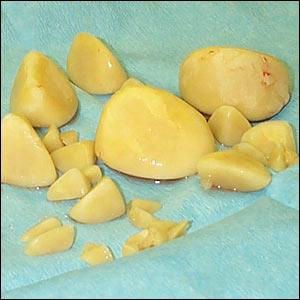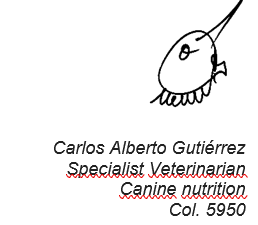
Before we dive into the nutrition of the urate crystal patient, it is important you are aware of a few things.
Although commercial diets such as kibble and other commercial feeds specific to combat urate stones in dogs are of medium to low quality, I still recommend them, but only as a COMPLEMENT to a specific quality homemade diet to combat these stones.
It is advisable that you avoid commercial diets designed for healthy dogs at all costs, even if they are of very high quality, because you don’t know if they contain nutrients high in PURINES. It can be very risky, so you must avoid them.
This type of patient develops these stones due to the presence of ammonium urate which crystallize in the urine. These dogs have a hard time metabolizing ammonium urate, or cannot metabolize it at all, and it ends up precipitating in the urine and forming these dreaded stones.
So, what should be done nutritionally? Well, avoid feeding your dog food which contains ammonium urate. Actually, it is not quite as simple as that; what you should do is avoid feeding your dog foods rich in purines. Purines, if they are not metabolized, are transformed into AMMONIUM URATE.
In later instalments, I will provide you with low-purine diets which are good sources of protein, especially dairy and eggs.
To be honest, this diet is not ideal for a carnivore. If your dog were healthy, you could and should give him meat and bones, raw or undercooked. Don’t forget that dogs are carnivores.
Unfortunately, meat and offal generally have medium to high levels of purines. So you should try to avoid them, although you can still use them once in a while, but only very sparingly.
In order to make life more bearable for your puppy, in another article I give you a list of foods with high, medium, and low levels of purines.
Use low-purine foods as a snack in addition to their regular diet. Don’t worry; you won’t cause an imbalance in their diet.
Another great advantage of homemade diets is their high-water content, about 70%, compared to processed diets (kibble) that contain only 10%. This, as you might expect, leads to the patient ingesting more water via the food, and the higher the water consumption, the lower the probability of stone formation.
Sign up for the free online workshop. Click here
Best wishes!

